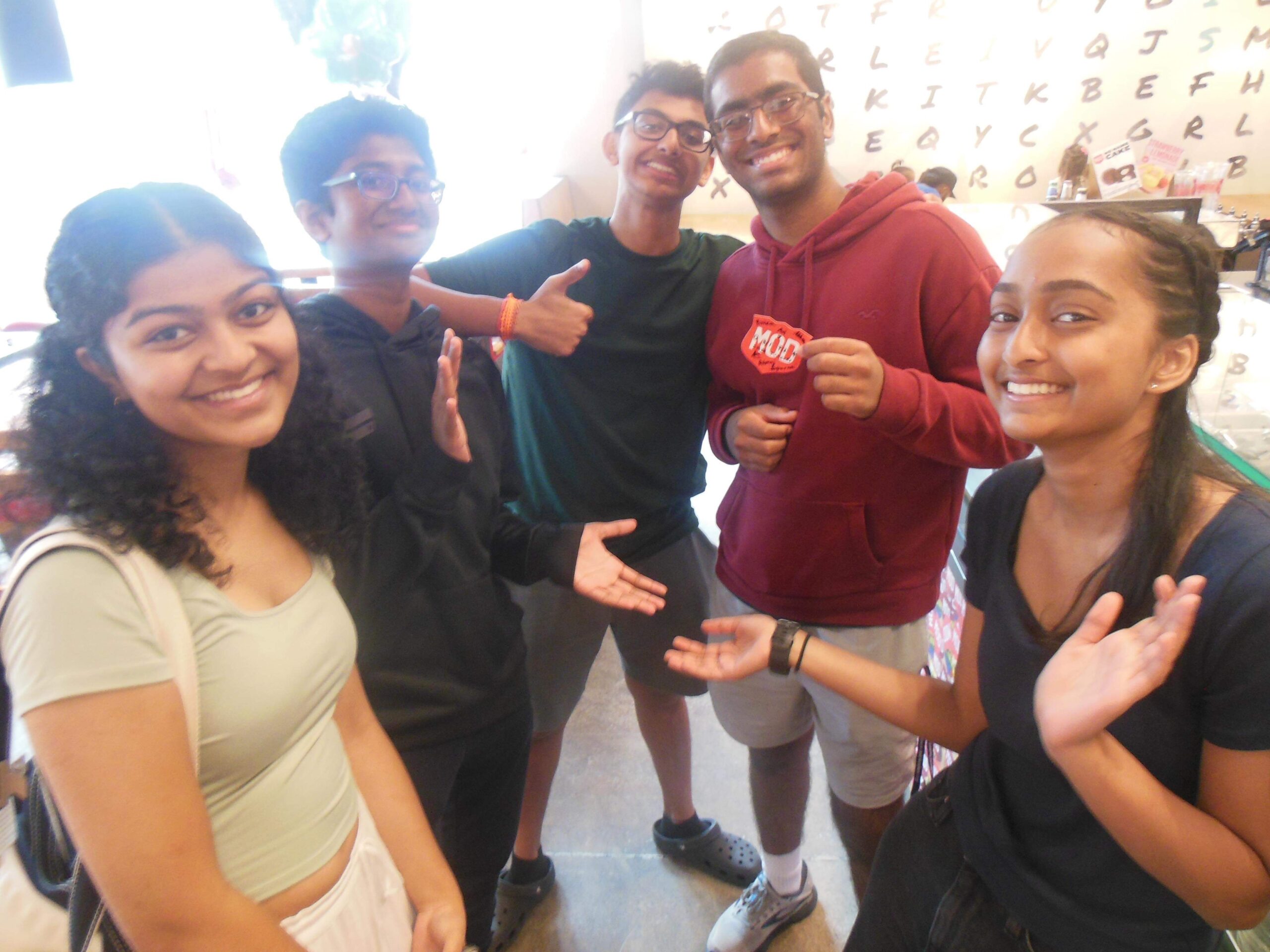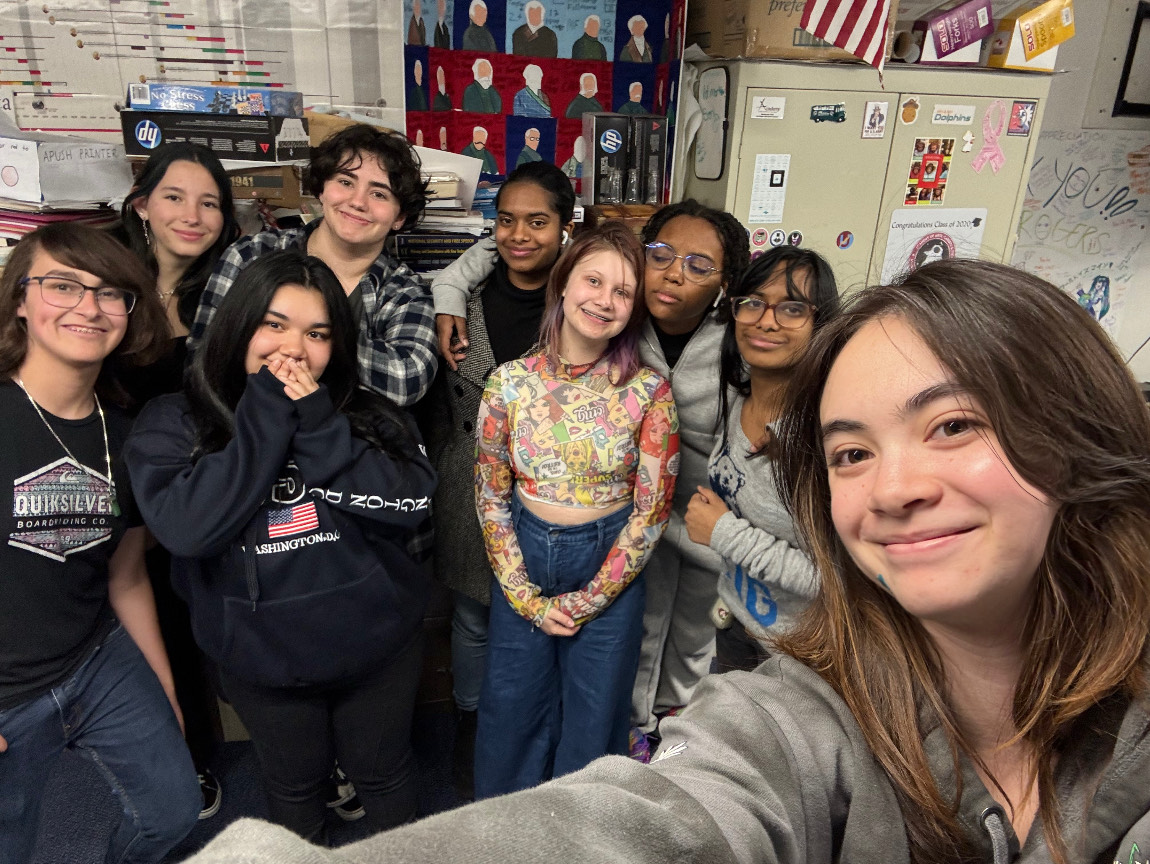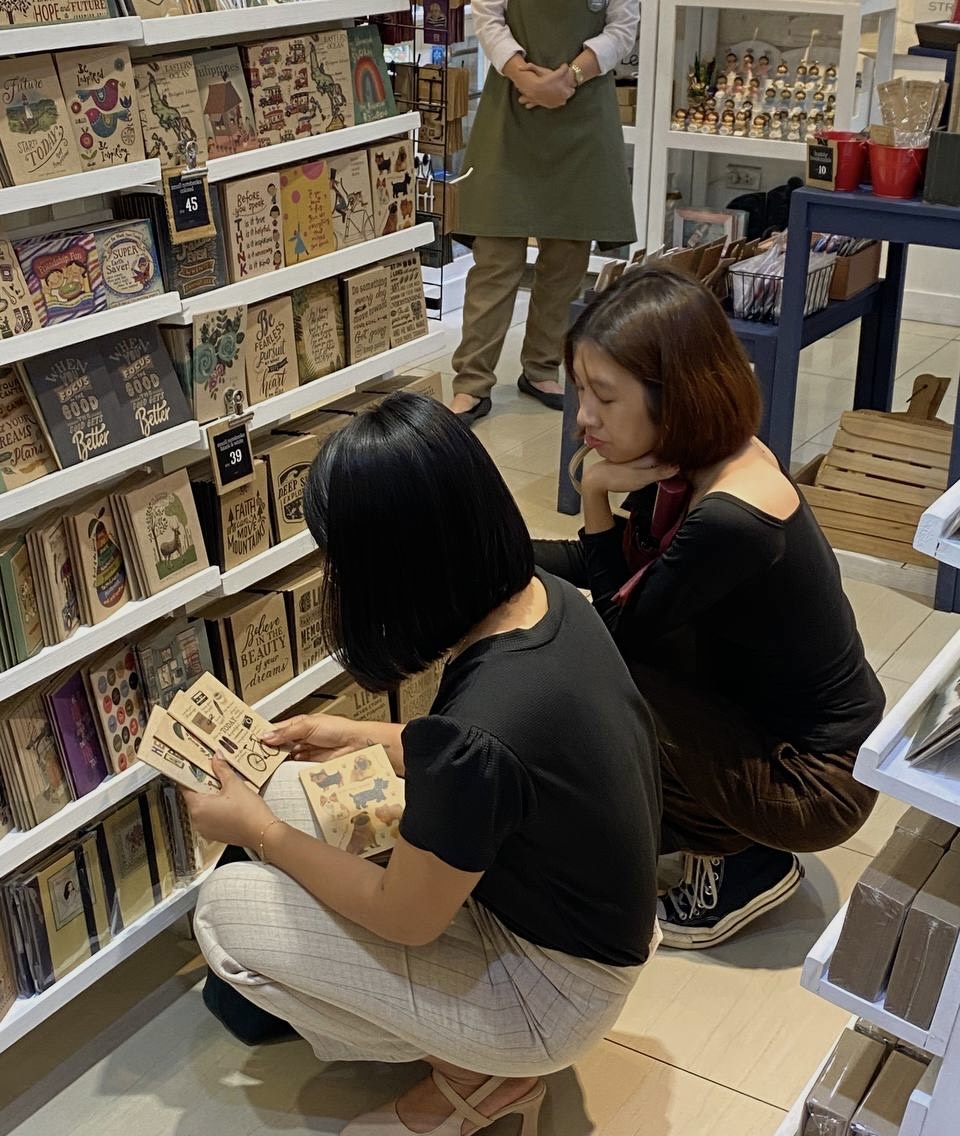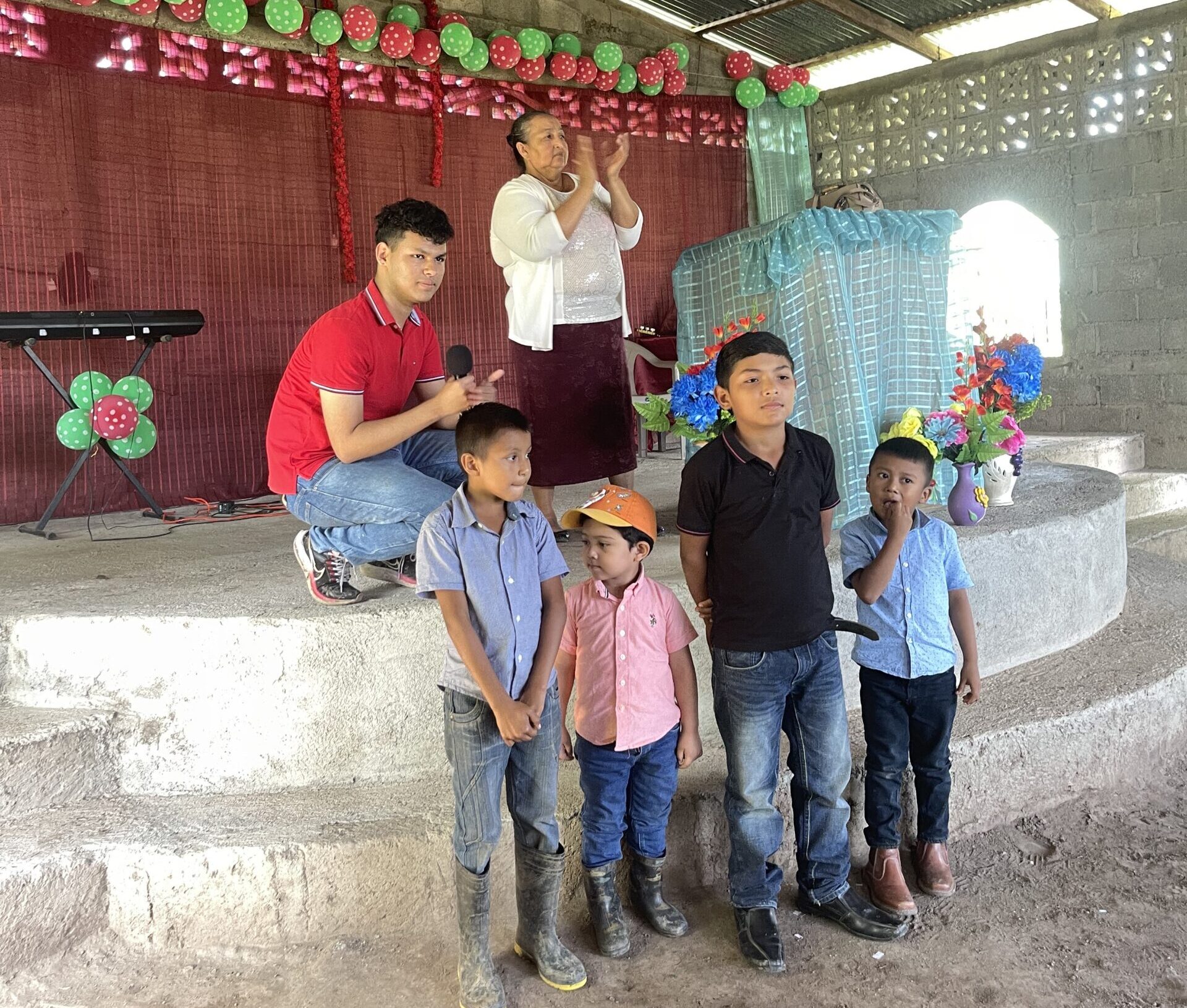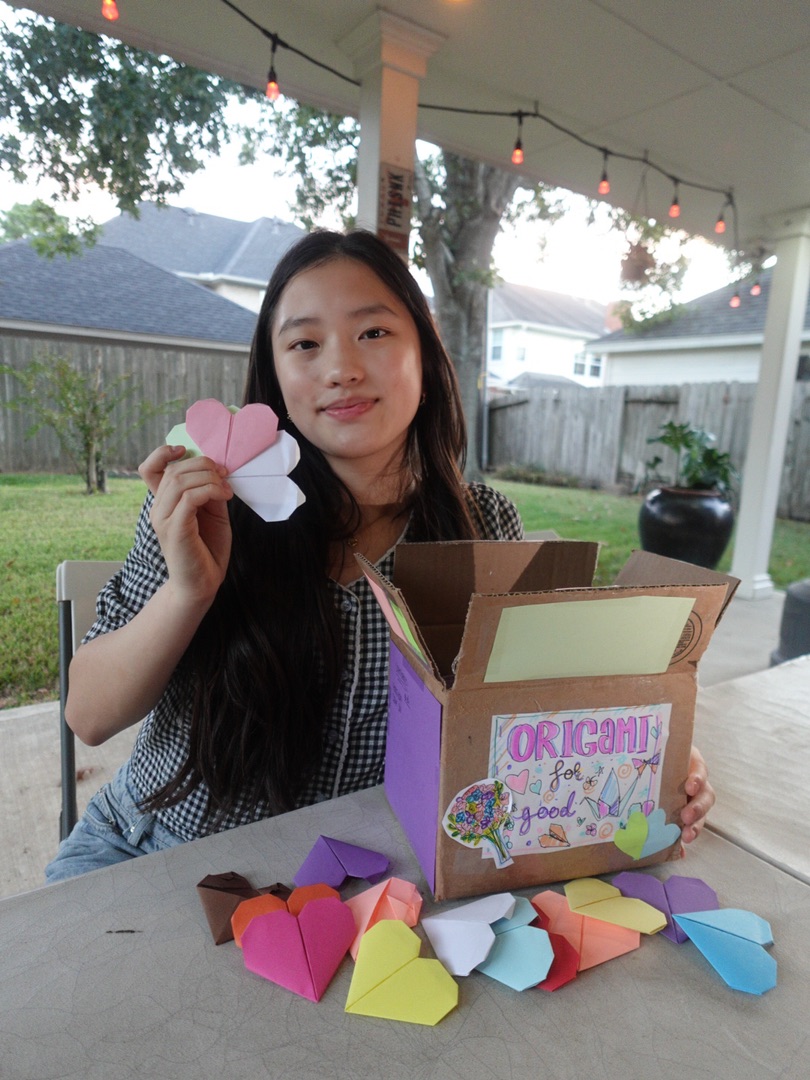In an age where we’re more connected yet lonelier than ever, the quest for fulfillment can feel like chasing shadows. Despite the abundance of likes on our latest Instagram post or the dopamine rush from online shopping, true happiness often eludes us. Our world is one of paradoxes, vast technological advancements yet increasing feelings of isolation, constant connectivity yet disconnected individuals. But what if the secret to a fulfilling life isn’t about acquiring more, but spending time with what we already have?
The statistics present a daunting reality. More than 40% of young adults frequently feel lonely, a figure that challenges the notion of our highly connected society. In the United States, a survey conducted by the Mayo Clinic found that 44% of college students in the United States report being too depressed to function. Globally, the inequality of happiness has surged by more than 20% over the past dozen years, highlighting the disparity in how happiness is experienced across different demographics and regions.
So what exactly sets people who feel fufilled apart? They actively seek relationships. These individuals don’t wait for connections to happen by chance, they make efforts to build and maintain them. Simple acts like planning outings with friends, joining community groups, or just being present with loved ones create a network of support and joy. This approach to social connections is a strong part of a fulfilling life. It’s not about the quantity of connections, but the quality that matters, and this intentional nurturing of relationships paves the way for lasting fulfillment.
But where do we begin on this journey towards deeper connections? It starts with understanding the steps to foster relationships and pursue a more fulfilling life, so let’s dive into the first step.
Step 1: Foster Meaningful Relationships
Engaging in genuine, face-to-face interactions enriches our lives far beyond the superficial validation of social media likes. Research shows that those who prioritize quality time with friends and family experience higher levels of happiness. In fact, studies from the American Psychological Association reveal that people with strong social connections have a 50% increased chance of longevity. This isn’t about the number of friends but the depth of connection. Share a meal, have a heartfelt conversation, or simply spend time together – these moments create a happy life. For instance, regular family dinners or weekly meet-ups with friends can create a sense of routine and stability, enhancing emotional well-being.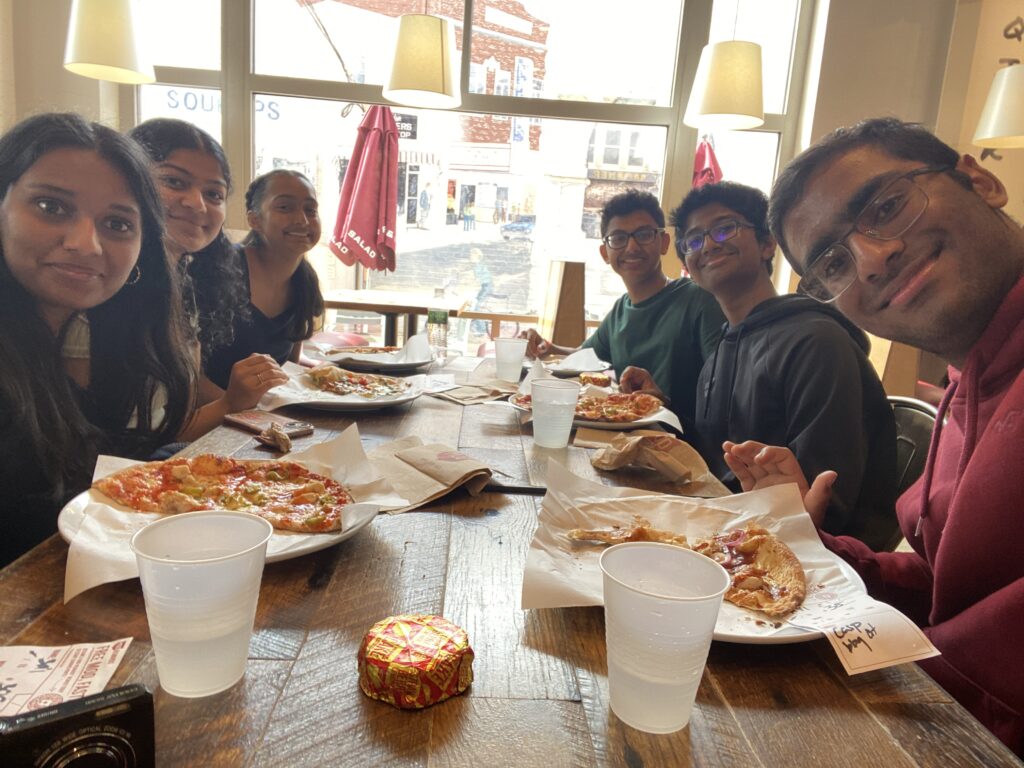
Step 2: Practice Acts of Kindness
Happy people often find joy in giving rather than receiving. Small acts of kindness – whether donating to charity, volunteering, or offering compliments – create ripples of positivity. These selfless actions not only uplift others but also foster a profound sense of purpose and community within ourselves. Incorporating small acts of kindness into daily routines cultivates fulfillment by reminding us of our positive impact on others. For example, volunteering at a local shelter or simply helping a neighbor can significantly boost one’s mood and sense of purpose.
Step 3: Embrace an Attitude of Gratitude
Gratitude is a powerful tool in the fulfillment arsenal. By regularly acknowledging the good in our lives, we shift our focus from what we lack to what we have. A simple practice, like writing down three things you’re grateful for each night, can significantly alter your outlook, leading to a more optimistic and contented mindset. A study conducted by psychologist Robert Emmons at the University of Pennsylvania found that practicing gratitude can increase happiness levels by up to 25%, highlighting its effectiveness in fostering a positive mindset. Gratitude journals or daily reflections can become powerful habits that anchor us in the present and remind us of life’s blessings.
Step 4: Savor Life’s Simple Pleasures
Life’s greatest joys often lie in its simplest moments. Whether it’s enjoying a sunset, savoring a delicious meal, or spending time in nature, being present in these experiences amplifies our sense of fulfillment. Mindfulness and savoring these moments encourage us to appreciate life’s inherent beauty and joy. By consciously engaging with moments of enjoyment, individuals cultivate a deeper appreciation for life’s small delights, fostering a sense of contentment and fulfillment. For example, taking a few minutes each day to appreciate a beautiful view or a cherished piece of music can enhance daily well-being.
Step 5: Engage in Physical Activity
Physical activity is beneficial not just for the body but also for the mind. Even moderate exercise, such as a daily 20-minute walk, can enhance mental health and overall well-being. Movement releases endorphins, reduces stress, and fosters a sense of accomplishment and vitality. Studies from the National Institute of Health have shown that physical activity (three times a week) can reduce the risk of depression by up to 25%, emphasizing the importance of staying active. Incorporating movement into our daily routine supports both physical and emotional well-being. Whether it’s a morning jog, a yoga session, or a simple stretch routine, physical activity is a cornerstone of a healthy and happy life.
A Journey, Not a Destination
While these steps may seem straightforward, knowing them is not enough. The real challenge lies in putting these principles into practice. Understanding the right things to do and actively implementing them can significantly improve your level of fulfillment. By fostering connections, practicing kindness, embracing gratitude, savoring life’s moments, and staying active, we can significantly enhance our feelings of fulfillment. Remember, the power to transform yourself lies within your hands – take these steps today to create a brighter tomorrow.
As we strive for connection and community in this digital age, let’s remember the simple joys that often elude us. Our lives are like books, each day a new page, each moment an inked memory. So let’s write our chapters with kindness, gratitude, and love, creating a masterpiece of a life well-lived. The journey to fulfillment is within reach—embrace it, for yourself and for the generations to come.








